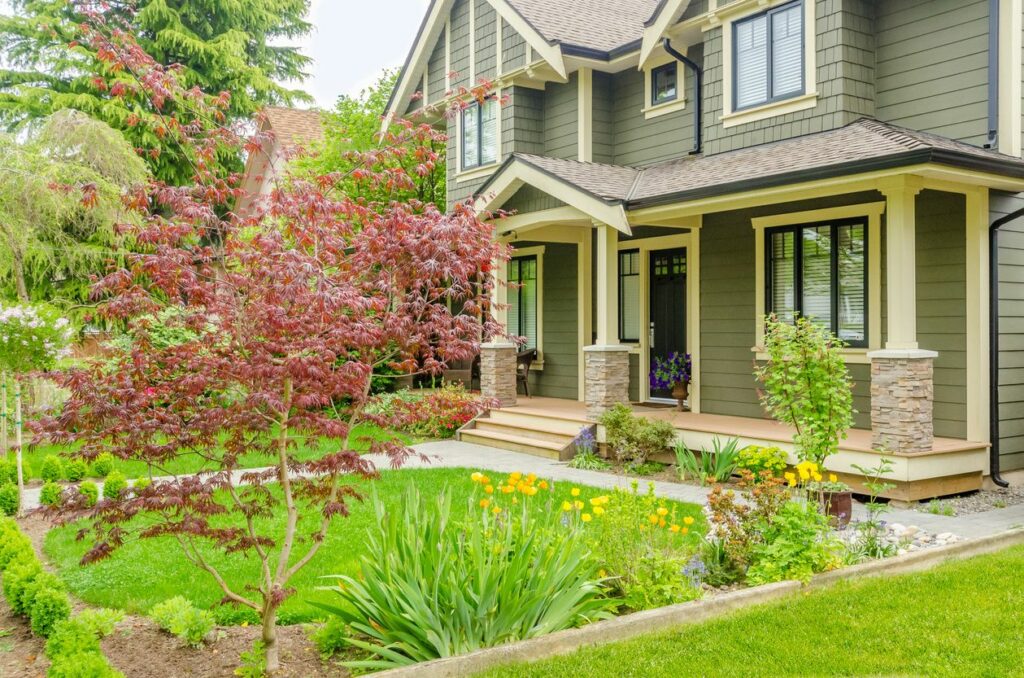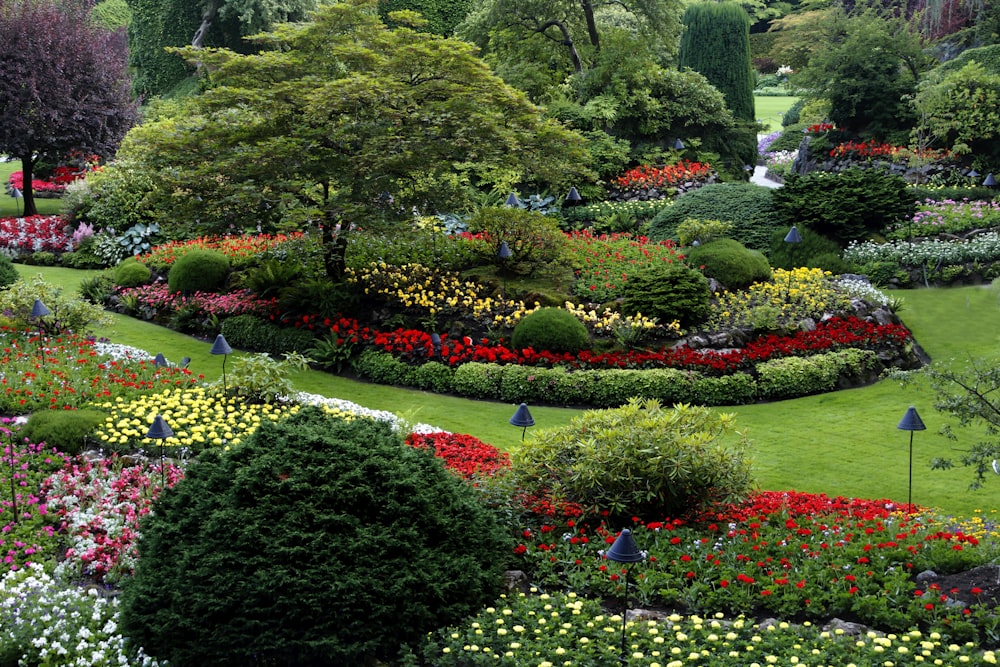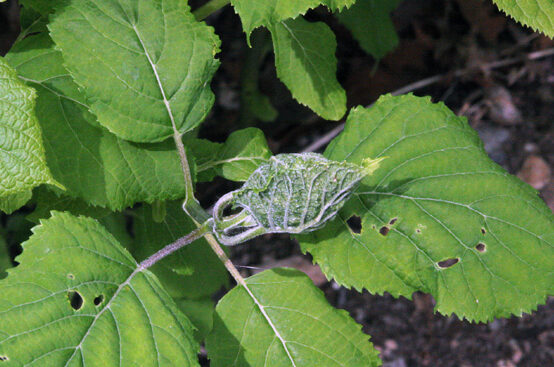
How you landscape and maintain your property is one major factor in how much you might get when you sell your home
Did you know landscaping is linked to resale value? Many buyers divide the renovation tasks of a newly acquired home into remodeling the interior of their house and the exterior landscape. Choices a homeowner makes to develop a personally satisfactory landscape can affect resale potential.
Understanding the ‘Styles’ of Landscaping and Resale (who they appeal to)
There are many popular horticultural styles a homeowner can select, including:
The Turf Property
This is primarily composed of large tracts of lawn and a few small groups of bushes and trees. Buyers may see this type of property as a work in progress and subtract future landscaping costs from their offer. The property would appeal to the minimalist who sees little to maintain and does not wish to add any new exterior plantings. The owner of this type of property should ensure that the lawn is always healthy looking.
Multiple Perennial Beds
Many homeowners enjoy the colour and depth that perennials give to a yard and dot their property with strategically placed perennial beds. Some purchasers may view this type of yard as higher maintenance, while the gardener buyer will embrace the setting. Sellers should always have their beds properly mulched and clear of weeds, and be prepared to provide buyers with a list of plants and their locations.
Front Gardens
This increasingly popular concept converts the entire front lot of the home into garden. It is important to check with local authorities to determine whether these front gardens encroach on the community owned allowance from the curb to a point in the homeowner’s front yard. Most communities will give permission to alter the setback area provided it is well maintained.
Not unlike personal choices of interior wallpaper, there are many buyers who do not embrace this personal type of garden. A seller would be wise to have this garden in a Xeriscape (water sensitive gardening with plants that survive on the water nature provides with little other supplementation) setting and be prepared to provide the buyer with the names of plants and plant material. It would also be prudent to have a permission letter from the community allowing this type of garden on the setback.
Water Features
Ponds, pools and water effects are becoming increasingly popular with homeowners. However, the soothing rhythm of a running stream and peaceful environment produced by water features may not be appealing to a significant number of buyers. Families with small children or pets may see water features as a hazard, while others may view it as high maintenance. Sellers must check to see whether their water features comply with the community bylaws and be encouraged to compile a list of annual maintenance tasks to educate and appease prospective concerned buyers.
The Well-Treed Lot
To many buyers, this type of lot produces much-desired shade and contributes to providing a cool environment for their home. To others it can represent many hours of leaf gathering and the prospect of damage to the home should any of the main branches snap in wind or ice storms. It is important for the seller to outline the types of trees because some, like black walnut, have secretions not compatible with plant life or different types of grass. Buyers should note the health of each tree and the prospects of having to spend many hundreds of dollars for removal, should they wish to alter the landscape.
The Totally Landscaped Rear Yard
This type of yard primarily appeals to the intense horticulturist. It usually contains a variety of bushes, perennials, grasses, and water features with mulched or stone borders meandering through the greenery and with very little or no lawn. Buyers with small children would view this lack of rear yard as unacceptable, while others may see it as labour intensive. A list with the selection of plant materials and their location as well as a guide outlining plant maintenance would be advised for any vendors with this setting.
Other Garden Choices
– theme gardens, garden rooms, natural landscaping where a lawn area is permitted to revert to its natural setting, and other horticultural variations all contribute to prospective buyers either approving the seller’s landscape choices, seeing them as labour intensive, or calculating the investment needed to alter the existing gardens.
Types of Plants in the Yard
– Sellers may have plants in their yard that may be toxic to children or pets or produce significant skin irritation if improperly handled. Some of these include datura, tansy, rue, lily of the valley, and practically any plant bulb. As beautiful as they appear, daylilies have been found to be the most injurious plant for cats.
A responsible seller might eliminate these plants from his home prior to closing if that date falls between the spring and fall, or advise the new buyer to do so at their earliest convenience.
The bottom line – Landscaping and Resale value matter (eventually) to all gardeners
The best type of yard for most buyers is one with a healthy, well-manicured lot, slightly mature foundation plantings, a tree or two for shade, a few average-sized flower beds, and a sunny location for the resurgent interest in planting a vegetable bed.

Beautiful but terrifying for a new homeowner? Absolutely!
Sellers must be concerned with:
- Whether their gardens, garden effects, or garden construction meet with the local bylaws.
- Providing the buyers with a list of plant materials in the yard.
- Providing the buyers with a locational list of all significant plants.
- Outlining the basic maintenance schedule for their respective property.
Buyers must concern themselves with a number of issues:
- Does their skill level match the horticultural setting of the home they are purchasing?
- Will the horticultural property outline be compatible with their family and lifestyles?
- Are there any offensive plants located on the property?
- What it will cost to make significant changes to the current landscape?
Check out what Bob Vila has to say about 14 Ways Landscaping Can Hurt Your Home Value





About The Author: Ron Rossini
Ron's been a gardening resource in the London area for years; writing for local publications, doing radio segments, giving talks and advice for more than 15 years as an active master gardener and growing as many as 80 varieties of tomatoes.
More posts by Ron Rossini